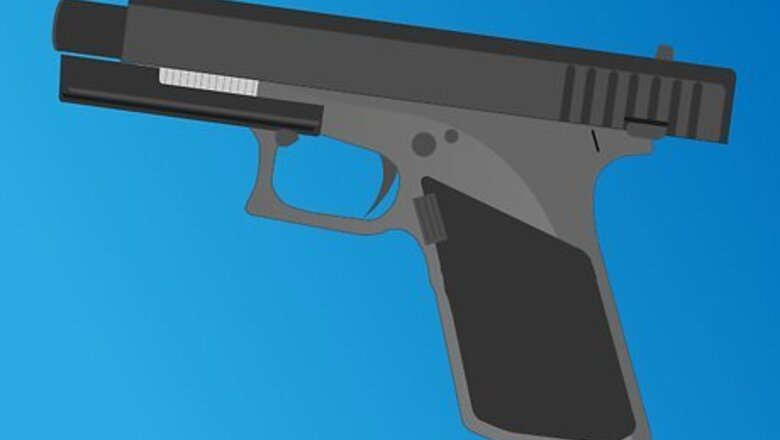
views
There are two types of reload situations. One, you've fired all your rounds, and the magazine is empty with the slide or bolt locked back. This is called an Emergency or Normal Reload. The second, is a "tactical reload", where rounds have been fired, but the weapon still has only about a round or two in it. You can use this opportunity to drop your nearly empty or empty magazine and load a new one.
Emergency Reload
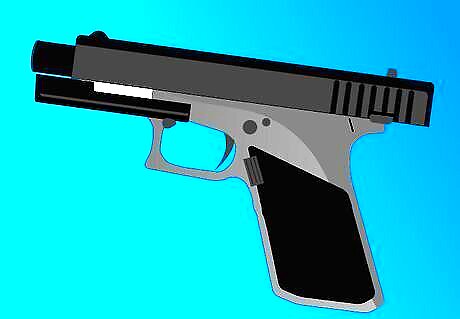
Identify the need. An emergency reload is needed when you have spent all the rounds from your magazine and your slide is locked back.
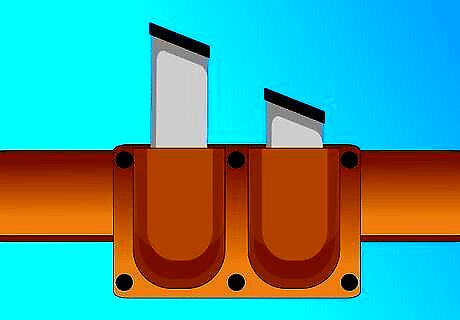
Grab a fresh magazine (likely from a magazine pouch). This happens after the slide has locked back on an empty magazine.
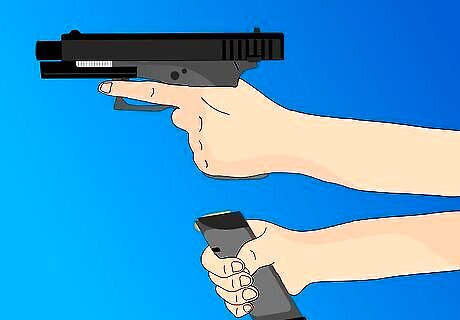
Move the fresh magazine toward the gun, as you do this...
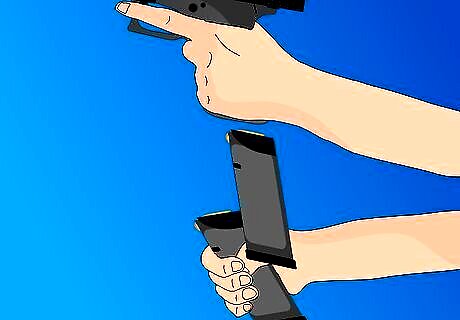
Eject the empty magazine. Be sure not to lose your old magazine, and bring your new magazine into place below the magazine well. (they should essentially pass each other during the drill).
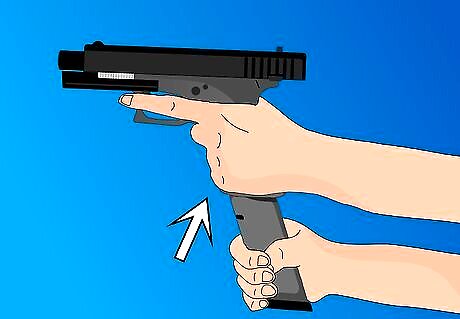
Insert the magazine. Place the rear of the magazine against the rear of the magazine well of the gun, align the two, and with some force (though there should be little resistance)...
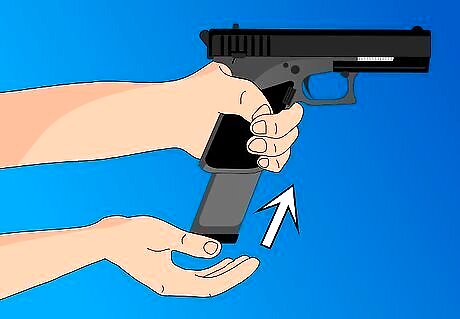
Seat the magazine using the heel of your palm. Give it a light tap, you should feel it click into place.
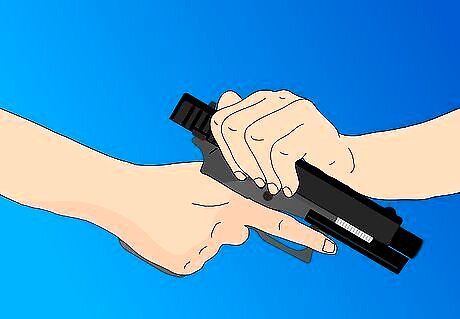
Roll your hand over the top of the slide and pull it back toward your chest. Be sure not to put your fingers in the slide opening, or anywhere else they might get caught.
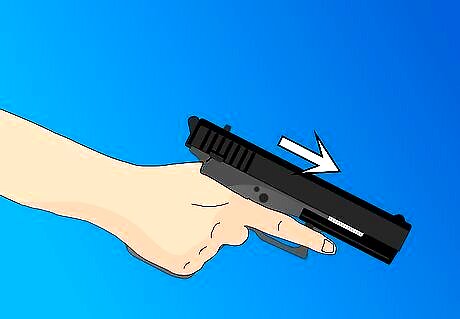
Release the slide, so it can go forward with full force. This will seat the next round in the chamber, preparing it for discharge.
Tactical Reload
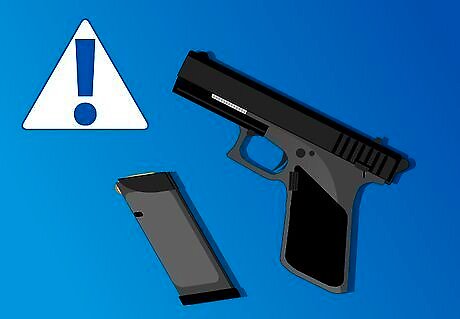
Determine if it is safe to perform a tactical reload. Only execute this if you encounter a lull in the gunfight and are able to place yourself behind cover. You know you have spent some rounds from the current magazine and want to prepare for whatever may come next.
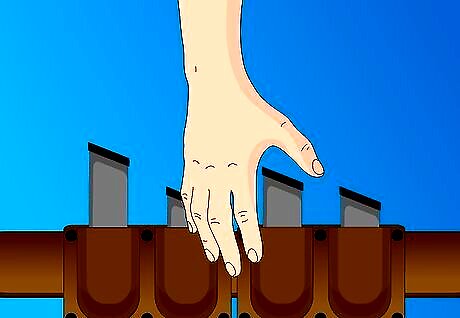
Reach to your magazine pouch (or other magazine holder and a pocket maybe; make sure you have a full magazine).
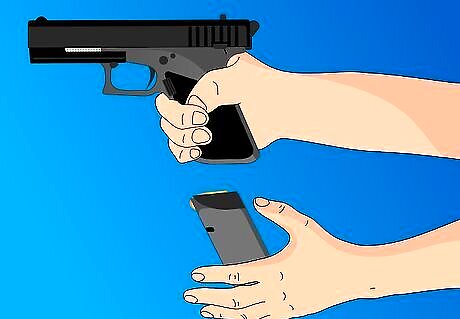
Move back to the gun and eject the partially depleted magazine into your hand.

Put the magazine in your pocket (separate from fresh magazines).
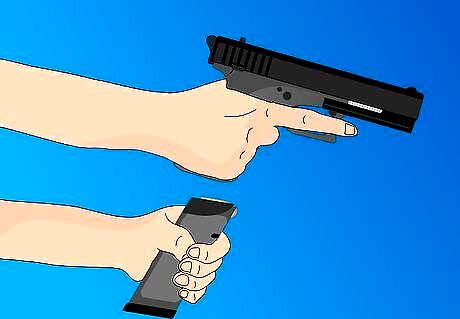
Grab the fresh magazine you touched earlier and insert it into the gun in the same fashion as the emergency reload, but this reload doesn't require manipulation of the slide.

Practice at the range. You should be able to feel and react immediately when the gun does not fire. When you pull the trigger, if you feel a "click", execute a malfunction type-1 clearing. If there is no click, look at the malfunction and act accordingly (remember it may be an empty magazine too). After shooting for some time you should be able to feel when the magazine is depleted, allowing you to execute emergency reloads very quickly. Over time you will begin to notice that the weapon will feel and sound different after firing the last round.
Type-1 Malfunction
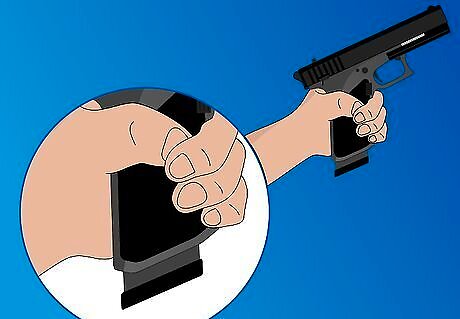
Identify the malfunction. Often a type-1 malfunction is a misfeed, in which a round was not loaded into the chamber (e.g. you didn't rack the slide after you loaded a magazine, or the magazine wasn't seated enough to load a round).
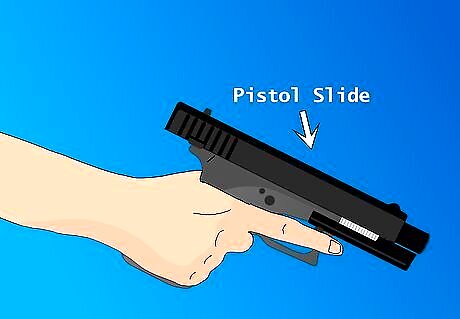
Make sure the malfunction is not a "squib load". This is a relatively dangerous malfunction where there is not enough force to propel the projectile out of the barrel. In semi-automatic pistols, a squib is often easily noticeable, as the slide will not cycle and a new round will not be chambered. If a squib load happens, remove the magazine and clear the obstruction immediately.
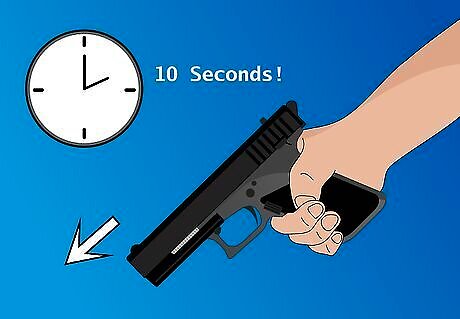
Make sure the malfunction is not a "hang fire", in which the burning of the cartridge's propellant is delayed. Only attempt to immediately clear the malfunction during a live-fire, real confrontation. This is due to the risk of the round eventually firing. If you experience a hang fire, keep the firearm pointed down range for at least 10 seconds before attempting to clear.
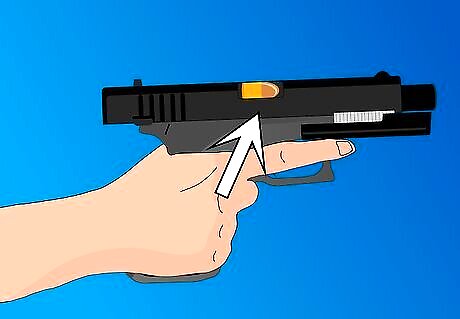
Correct the Malfunction. The quickest way to do this is through immediate action. With a semi-automatic pistol, pull the slide back, ejecting the last round. Observe the ejection and the round. If the lead is still on the bullet, you know that the round didn't fire. If the lead is gone, it may indicate a weapon malfunction. Observe the chamber. Check for double feeds, or things that don't belong. Release the slide, seating the next round. Deactivate the safety and attempt to fire the weapon. If it still fails to fire, remove the magazine and eject the current round, and turn the weapon over to a gun expert for repair.
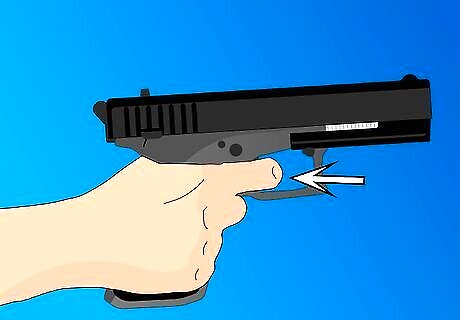
Practice: Load a full magazine into the gun with an empty chamber. Point at the target, pull the trigger, feel the "click". With the heel of your palm hit the bottom of your magazine (with some fervor; this is the "tap"). Then twist your gun 90-degrees to the right (so the ejection port is down) and... Rack the gun by pulling the slide straight back and letting go; do not ride the slide forward, let it slam (this the "flip" and "rack" part of the drill). This will drop a possibly dud round out of the chamber and load a new round into the chamber.
Type-2 Malfunction
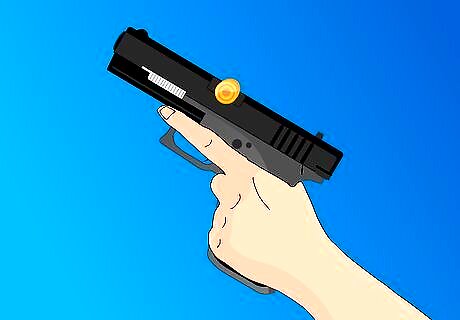
Identify the malfunction. When you pull the trigger, there is no "click" (or "boom"). Sticking out the chamber is visible brass. This brass is what gives the type-2 malfunction the name "the stovepipe". It is also known as a failure to eject.
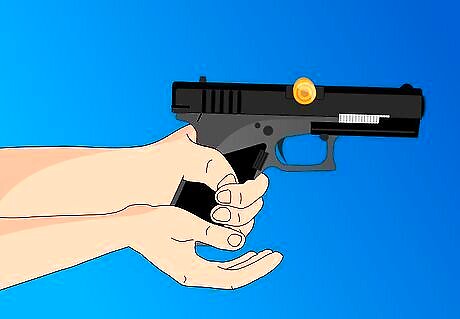
Fix the malfunction. The solution is the same as a type-1 malfunction: tap, rack/flip.
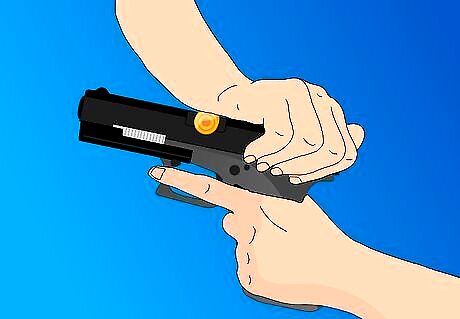
Practice: Pull back the slide to expose an empty chamber, lock empty brass so it is sticking out of the chamber. Load a full magazine into the gun. Point at the target, pull the trigger, take note that there is no "click". Visually see the brass sticking out of the chamber. With the heel of your palm hit the bottom of your magazine (with some fervor — this is the "tap"). Then twist your gun 90-degrees to the right (so the ejection port is down) and... Rack the gun by pulling the slide straight back and letting go; do not ride the slide forward, let it slam (this is the "flip" and "rack" part of the drill). This will drop the brass out of the chamber and load a new round into the chamber.
Type-3 Malfunction
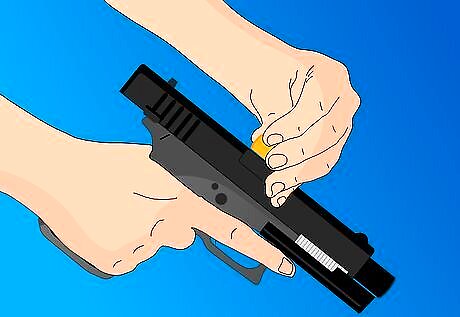
Identify the malfunction. The fired casing does not get pulled out of the chamber and a new round has now being loaded into the breech. This is known as a double-feed and a failure to extract.
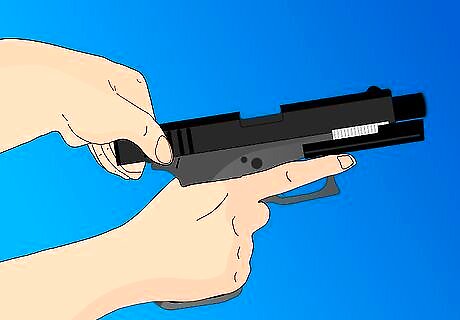
Fix the malfunction: Grab the slide and Lock it back (optional) Press the magazine release and (while your magazine may fall out on its own normally, a type-3 will prevent it from doing so now) strip the magazine from the gun. You have an option here. Either you drop the magazine, or practice retention where you hold onto the magazine to continue to use it. Grab the slide again and rack it hard three times. Reach for a fresh magazine (or use the one in retention), put it in the gun (same as the tactical reload) #*Rack the slide one more time to load a round into the chamber.














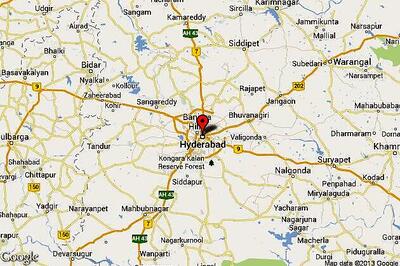
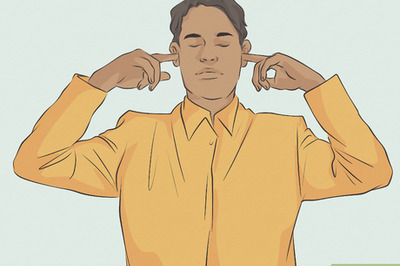



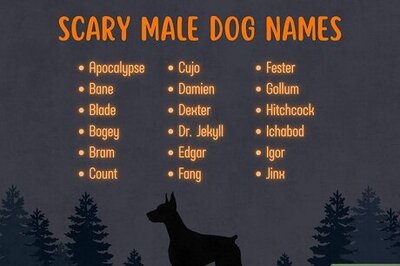
Comments
0 comment